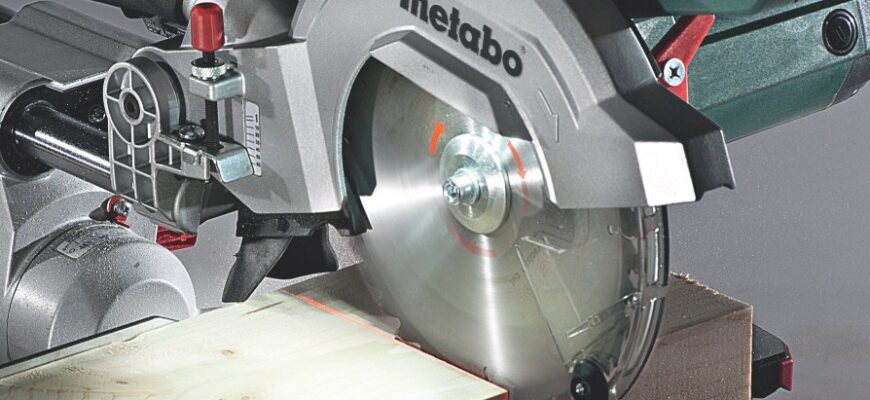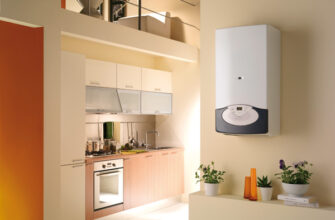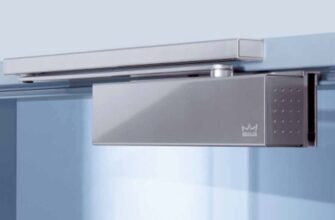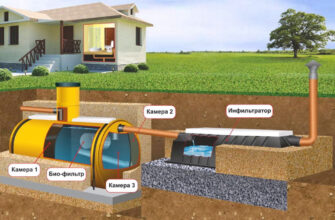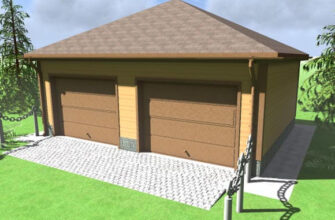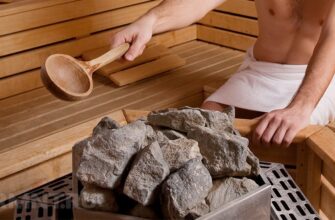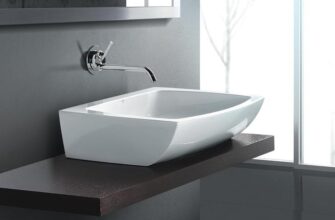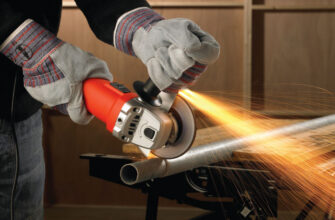The speed and quality of cutting, as well as the presence or absence of rejects and the total amount of waste, depend on how well the selected saw blade matches the material being processed. Different types of wood and other materials require the use of different discs, and therefore, before starting work, you need to be fully armed.

- Top manufacturers of saw blades and circular saws
- Types of saw blades
- Solid saw blades
- disadvantages
- Carbide wheels
- disadvantages
- Saw blade selection options
- Outer and bore diameters of the disc
- Number of teeth
- Shape and size of teeth
- Disc thickness
- Features of choosing a saw blade for wood
- Features of choosing a saw blade for a circular saw
Top manufacturers of saw blades and circular saws
When buying saw blades, the choice should be given in favor of high-quality and well-known manufacturers of carpentry tools:
-
Bosch
-
Makita
-
Hitachi
-
Dewalt
-
Blaucraft
The characteristics of specific models, as well as customer reviews, can be studied on the Internet, on thematic forums and in social networks. Very often this information becomes decisive for the buyer.
Types of saw blades
Sawing discs are called special cut-off wheels designed for use in various joinery techniques. Depending on the manufacturing technology, all saw blades are divided into several types.
Solid saw blades
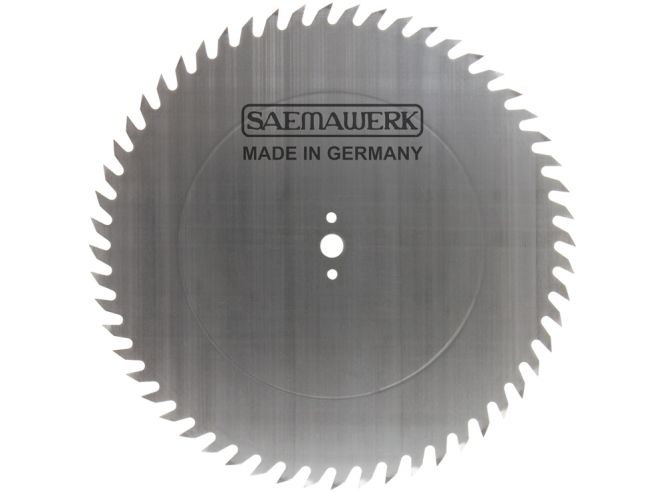
They are made from solid metal and are initially laser sharpened. They are almost always based on high-carbon steel, which is characterized by maximum strength and reliability. Such discs are inexpensive and easy to use, and can also be sharpened if necessary;
Advantages
-
Low price;
-
Allow secondary sharpening during operation;
-
Sturdy and sharp;
-
High quality;
disadvantages
-
Dull quickly;
-
Wear when working on hard surfaces;
Carbide wheels

Composite models, the core of which is made of alloy steel, and the cutting edge is soldered from high-strength tungsten or titanium. As a result, this design is lightweight, has very sharp teeth, and has excellent sharpening ability.
Advantages
-
High strength;
-
High-quality performance;
-
They keep sharpening perfectly even when working on hard surfaces;
-
Pungency;
disadvantages
-
Expensive;
-
In a frenzy, it is almost impossible to restore the original acuity;
Saw blade selection options
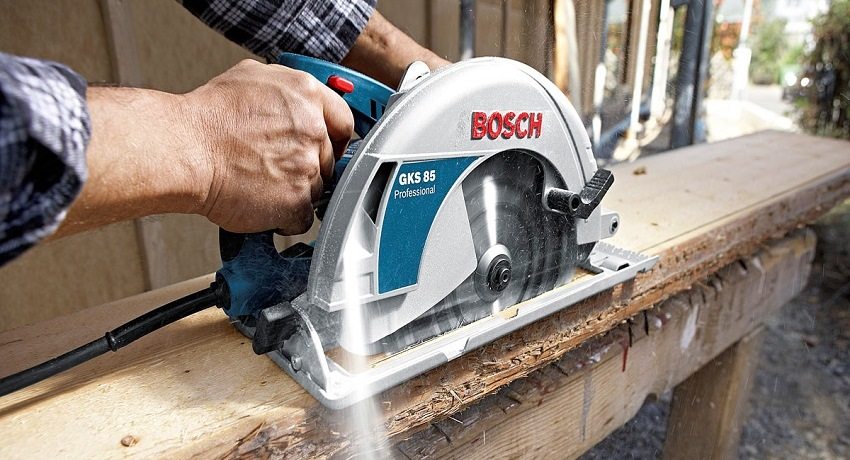
Outer and bore diameters of the disc
Those models should be selected whose characteristics are fully suited to the specific conditions of use and the equipment used. The bore diameter should correspond to the dimensions of the cutting device shaft, while the outer diameter should be slightly less than the mounting socket;
Number of teeth
-
Discs with a small number of teeth are considered rough, they give a rough cut, but they well evacuate chips from the cutting area. The typical number of teeth on the roughing disc is 10 to 40;
-
Large number of discs, from 60 to 90, teeth – finishing, designed to perform an accurate and accurate cut of wood;
Shape and size of teeth
-
Homogeneous straight teeth are used for processing plywood, chipboard and even aluminum;
-
Dissimilar teeth, bent from the center line in different directions, are intended for cutting soft and hard types of wood, as well as fiberboard and chipboard;
-
Small trapezoidal teeth for cutting soft metals and plastics;
-
Large teeth and a large pitch between them are a sign of discs for longitudinal cutting of solid wood;
-
Fine and fine teeth – direct evidence of a circle designed to make a cross cut;
Disc thickness
A parameter that determines the thickness of the cut line. The standard disc thickness is 3.2 millimeters, but both thinner and thicker models can be found on sale. The former are widely used for cutting valuable wood species. The second is for working with laminate and various metals;
Features of choosing a saw blade for wood
A properly selected saw blade for wood must have the following characteristics:
-
Monolithic construction;
-
30-40 teeth for a rough saw and 60-80 teeth for a smooth finishing seam;
-
Disc thickness – 2.8-3.2 mm;
-
The design of the teeth of a heterogeneous shape, each of which is deflected at an angle of 7-9 degrees from the vertical;
-
Landing and outer diameter corresponding to the dimensions of the device;
Features of choosing a saw blade for a circular saw
-
Disc structure – carbide;
-
The number, size and structure of the teeth are selected based on the need to work with specific materials and type of wood. More delicate work requires thin discs with a large number of teeth, the execution of a rough saw allows the operation of a thicker wheel with a few large teeth and a significant pitch between them;
-
The diameter of the disc and the size of the bore are matched to the dimensions of a particular device;
-
Thickness – 3.2 and more millimeters;
In the following articles, our experts tell you how to choose a welding machine, the secrets of choosing a mask for welding and the features of choosing a laser level.
Attention! This material is the subjective opinion of the authors of the project and is not a purchase guide.

